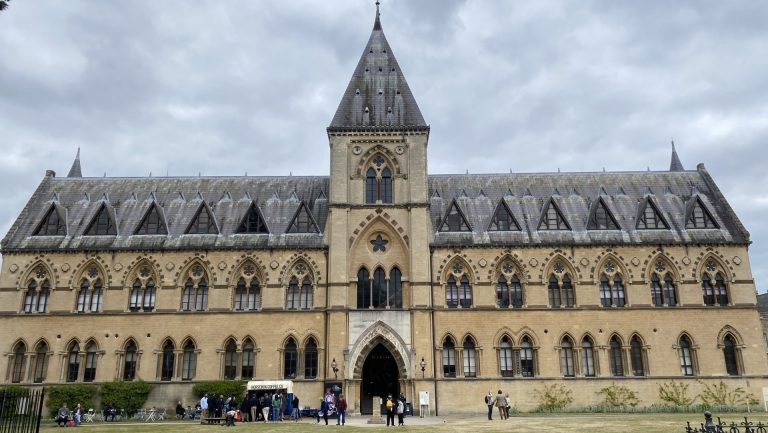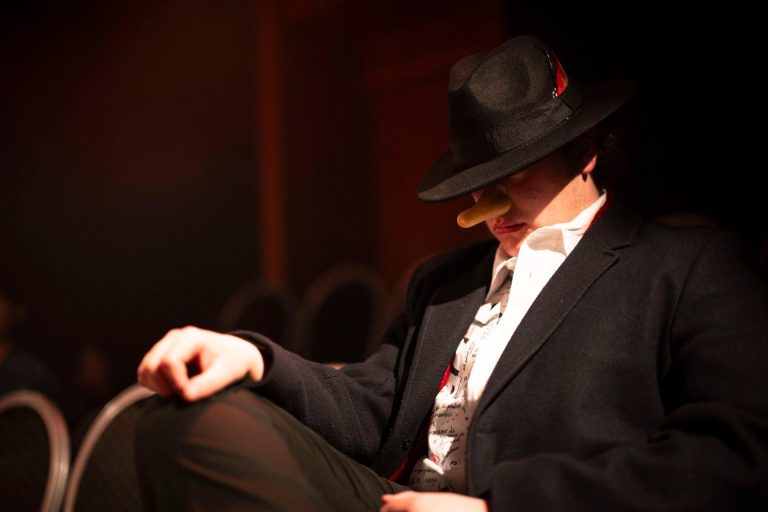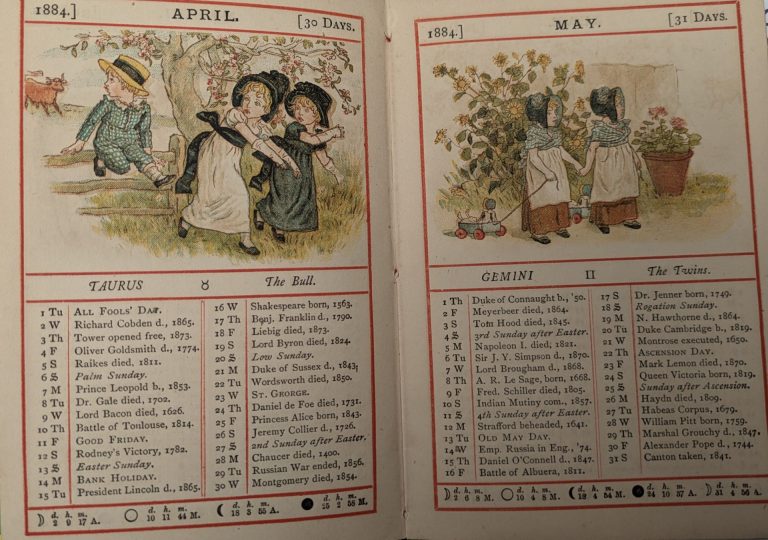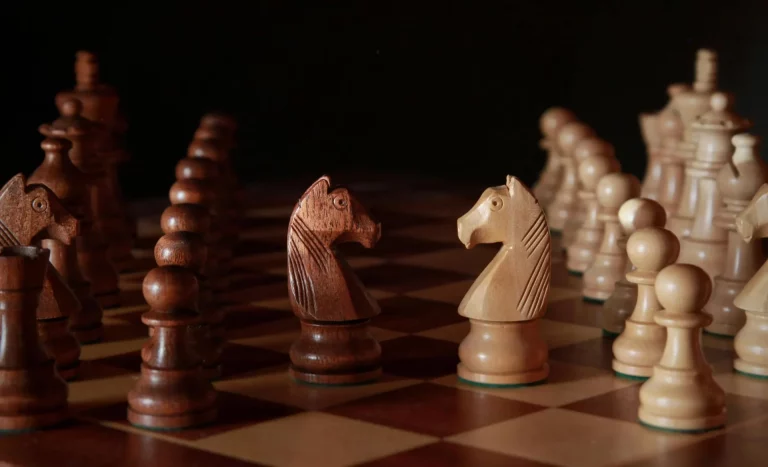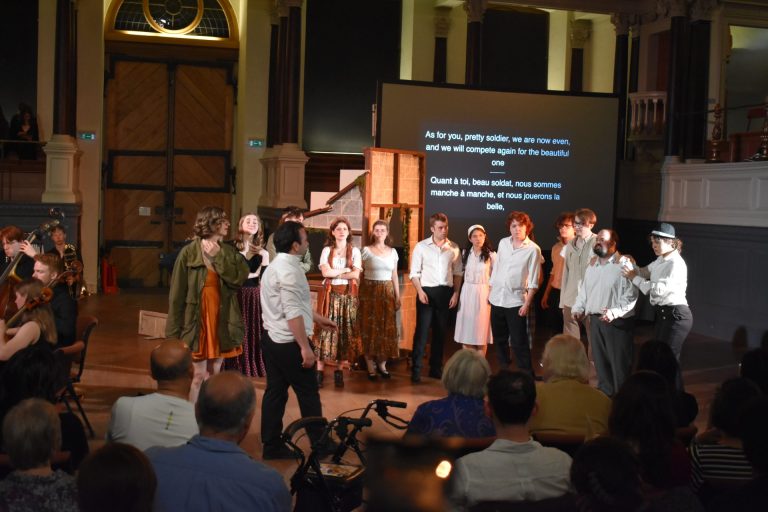The idea of students reading for pleasure during term time has sparked much debate. Simply put though, Oxford’s intensive schedule makes it near-impossible. The natural consequence of eight weeks of unrelenting academic work is for some hobbies to fall in priority, and reading for pleasure is often the first to be swept away by the Oxford whirlwind.
The decline in reading for pleasure among students might seem like a natural consequence of our new exposure to the pressure cooker of career readiness innate to the ‘adult world’. Why would we make time to read a book when we have to decide what we want to do with the rest of our lives, and how to make it happen?
This, though, is perhaps not the sole reason for the decline in reading rates. Whilst university is undoubtedly a stepping stone for our future careers, that shouldn’t be its only function.
Rather, I think there’s another reason that’s particularly pertinent to Oxford students. Because of the uniquely demanding course of study we’ve chosen, most simply can’t make time to read.
Reading requires a level of intellectual labour that many of us are simply unable to commit to on top of our degrees. With the old adage of “work hard, play hard” in mind: why should students devote our attention to something even more academic (regardless of its benefits), when they could be recharging with something like going to the pub or watching TV — something that’s social, or more obviously relaxing?
At the start of last term, I realised I wanted to try and reignite the passion I once had for reading. I set aside time in my week, got friends to recommend books and hold me accountable, and joined book clubs, both in Oxford and at home.
The immediate benefit was feeling like a child again, reading under the covers in my lamp-lit student bedroom — a quiet act of rebellion. I think reading is remarkably intimate in this way; the solitude of it feels as if you are the only person capable of accessing these worlds that have been created just for you.
Over the course of the term, reading ended up having a grander purpose in my life.
Reading for pleasure is one of those hobbies that serves the dual purpose of allowing you to engage intellectually, yet it’s fun — you get to choose what you read and when you want to. It doesn’t have the same academic pressure that Oxford students are expected to manage.
With reading, nobody can enter your head to see how well you’re doing. Nobody will quiz you. There will be no 2500-word essay. I didn’t fully realise how fulfilling this freedom would be: to concentrate on something without it having to be an ‘academic project’.
For all students that’s a worthwhile feeling to have — but it’s a particularly important one to hold onto in such a rigorous academic environment like Oxford, with its constant requirement to perform.
But, what to read?
I have made the decision to read mostly modern fiction in term-time, and leave the classics for when I’m able to dedicate extended time to them.
One of the most exciting books I read last term was Ariana Harwicz’s Die, My Love. Her writing has such a wild, electric charge driving it forward, pairing perfectly with the book’s intense exploration of a woman driven to a violent breaking point by the expectation of motherhood. The book chills you from the opening line.
Something lighter is Nick Hornby’s High Fidelity: a particularly great read for any music fan. It’s a witty and self-aware story of a music-shop owner, Rob, who revisits his past relationships to reflect on why he’s still alone. There are some great anecdotes that stem from his obsession with making ‘Top 5’ lists — the top five songs to play at your funeral, for example.
And finally, Haruki Murakami’s The Wind-Up Bird Chronicle is a surreal, elusive and fascinatingly magical book. Its cast of quirky characters and deceptive, labyrinthine plotlines make for the perfect form of escapism within the traditional Oxford term.
But everything I’ve read, even if I haven’t personally enjoyed it, has made the long Oxford terms far more academically fulfilling. It may take consistency, but reading hasn’t been the extra burden that I’d expected to have to schedule. Rather than making the university experience more stressful, it’s done the opposite — it’s enriched it.
Ruby Tipple



